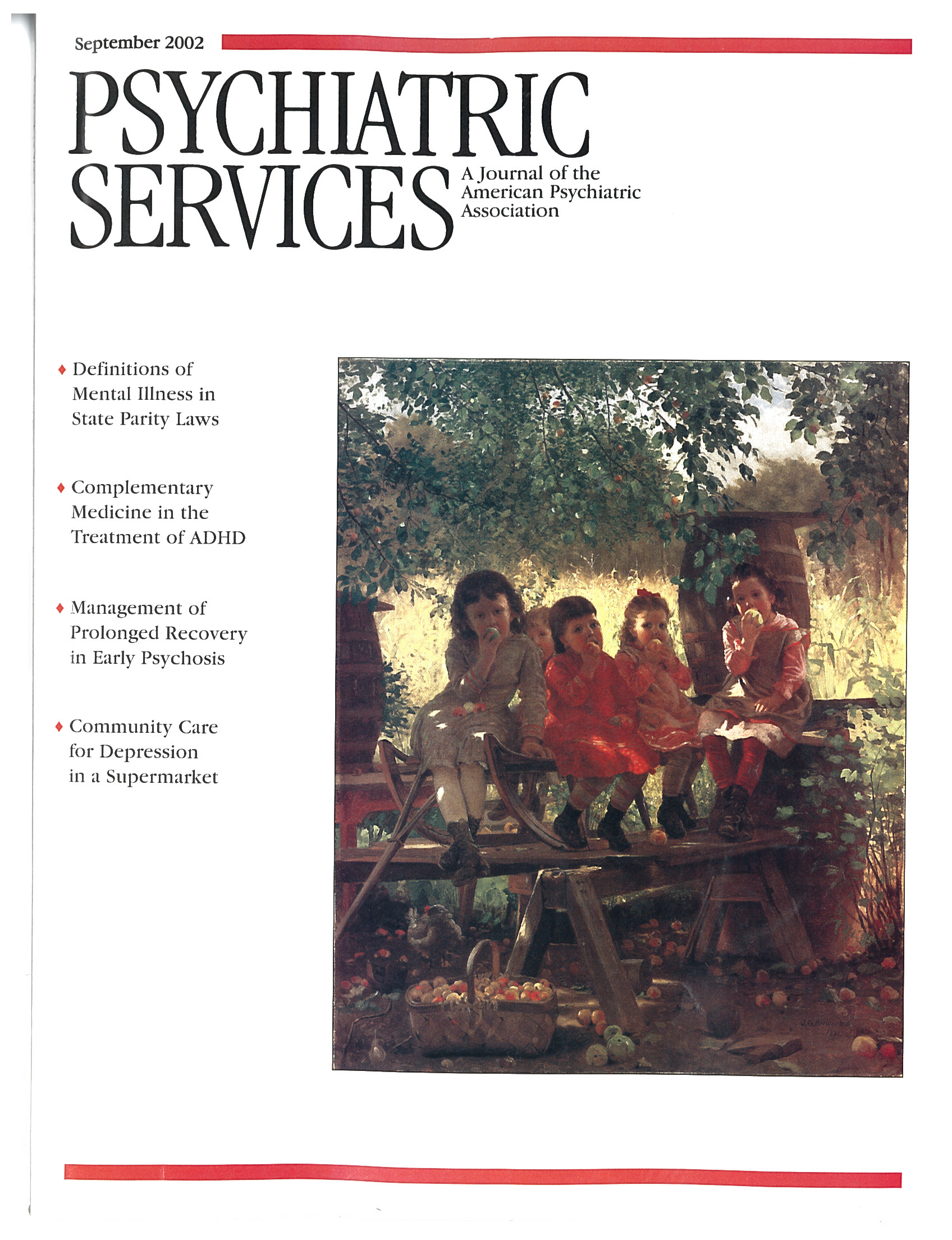On Being and Having a Mother
This book is a collection of papers written by Erna Furman, a child psychoanalyst who has had extensive experience working with children and their parents. In the introduction, Furman writes that colleagues, friends, and parents with whom she has worked often urged her to collect her various papers on mothering into one volume. Doing so, she says, served to integrate her own thinking. The professional setting that serves as a base for her clinical data is the Hanna Perkins Center in Cleveland. The center comprises the Hanna Perkins Therapeutic School for children 15 months to seven years of age; the Cleveland Center for Research in Child Development for children up to 18 years of age, which administers child analytic treatment; and the extension service for teaching and consulting with educators, child care workers, and mental health professionals.
The book explores various aspects of mothering, such as parenthood as a developmental phase, self-care and the mother-child relationship, and early steps in the development of gender. In the first chapter, the author analyzes the novel Anna Karenina with a focus on Tolstoy's portrayal of mothers and mothering. This in-depth look into three types of mothers illustrates the psychodynamic concepts that are explored throughout the remainder of Furman's book.
One important theme in On Being and Having a Mother is the concept of the female body ego having vulnerable, flexible, and penetrable boundaries. The parent's investment in the child is characterized by a narcissistic cathexis—the child as a part of the self—which is gradually shifted toward object cathexis—the child as a loved person. The investment is different for mothers than for fathers in that the mother invests in the child also as a part of her bodily self. These concepts are well illustrated in the chapter on the death of a newborn. Here the author highlight the process of mourning the loss of a newborn and coping with both the loss of a part of the self and the loss of a loved person.
Another important theme is the concept of mothers "being there to be left." The author remarks that she heard this for the first time from her teacher, Anna Freud. In a chapter devoted to expanding on this concept, she remarks that "mastery for the child can occur only when the mother can allow herself to miss her child, to feel not needed, and to remain lovingly available." I can relate to this bittersweet aspect of motherhood personally as my firstborn begins to take her first steps.
Other chapters address the death of a parent, parenting the hospitalized child, and children of divorce. These chapters integrate psychodynamic theory with practical approaches to guiding the parent as well as the health care professional.
I thoroughly enjoyed reading this thoughtful collection of papers written by an experienced child analyst and would recommend it highly to therapists in all professions.



